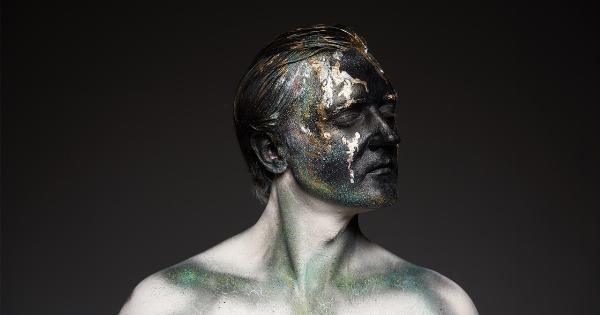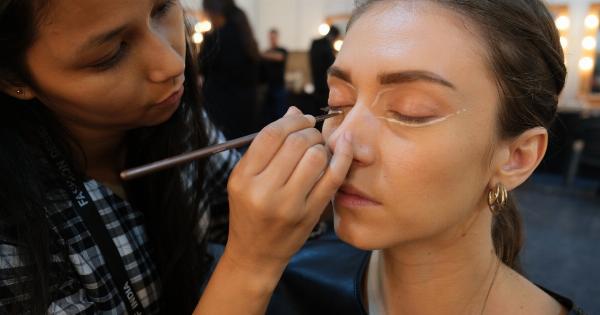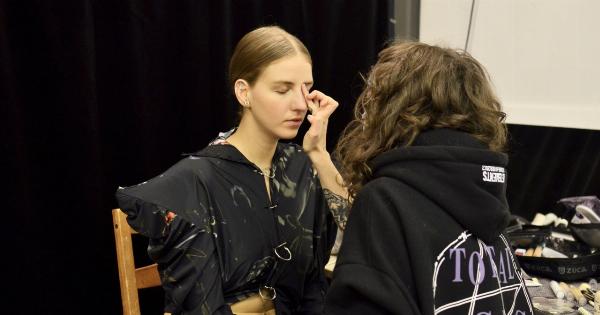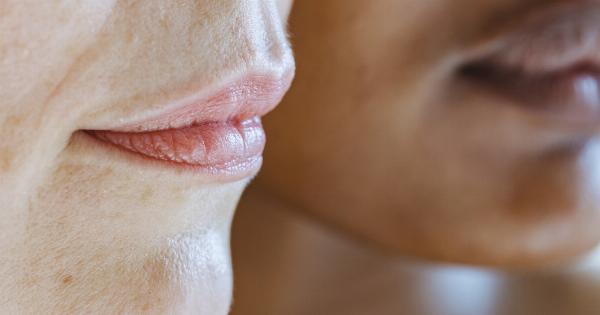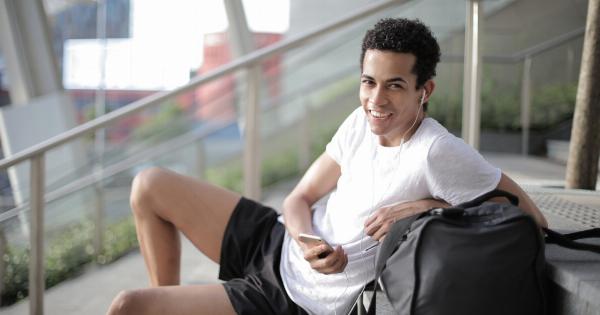Have you ever wondered about what someone’s face says about them? Our features can reveal a great deal about our personality traits, habits, and emotions.
Experts in the field of psychology have identified several facial features that can help to decode someone’s character. We’ll examine some of these features in this article, and explore how you can use them to gain insight into the people around you.
Eyebrows
Eyebrows are one of the most important features when it comes to decoding someone’s character. They can tell you a lot about how a person perceives the world, their level of self-confidence, and whether they are honest or not.
Thick, full eyebrows tend to be associated with self-confidence, while thin or overly plucked eyebrows may indicate insecurity. If the eyebrows are arched, it can suggest a person is more comfortable with themselves and more approachable. Additionally, if someone is lying, you may notice their eyebrows move around a lot, which can give them away.
Eyes
The eyes are the windows to the soul, or so the saying goes. The expression in someone’s eyes can tell you a great deal about their emotional state.
People who are happy, for instance, will have a sparkle in their eyes, while those who are sad or angry will tend to have duller, more sombre eyes.
Another feature to look for is the size of the pupils. When someone is excited or interested in something, their pupils will dilate, and a person who is distrustful or uncertain will have contracted pupils.
Additionally, if someone’s eye movements are coordinated with their speech, it can suggest they are being truthful, while deliberate, inconsistent eye movements can be a sign that someone is lying.
Nose
The size and shape of someone’s nose can also reveal something about their character. For instance, a nose that is large in proportion to the rest of the face is often associated with a confident and charismatic personality.
On the other hand, a small nose may indicate a humble personality that tends to avoid conflict. Finally, a crooked nose can be a sign of a person’s tendency towards deceitfulness or even criminal behavior.
Mouth
When it comes to the mouth, the shape, size, and movement of the lips can be very revealing. A person with full lips is often seen as sensual and naturally outgoing, while thin lips may indicate a more introverted or reserved personality.
Additionally, people who are lying will often cover their mouth or avoid eye contact, while people who are confident and sure of themselves may have a naturally wide smile that reaches their eyes.
Ears
Although not always the first thing people notice, the size and shape of someone’s ears can also be a clue to their character. For one thing, larger ears are often seen as a sign of intelligence, while smaller ears may indicate a more simpler outlook.
People with ears that are naturally close to the head are typically more practical, detail-oriented, and focused on getting things done, while those whose ears protrude outward are more imaginative, creative, and expressive.
Facial Structure
The overall shape and structure of someone’s face can also be a clue to their personality. People with round faces are often perceived as friendly and approachable, while those with more angular features may be seen as more assertive or even aggressive.
A square jaw is often associated with a strong and confident personality, while a more pointed chin may suggest a more sensitive or vulnerable soul.
Skin
Finally, even a person’s skin can provide insights into their character. People with a healthy glow to their skin typically lead active and healthy lifestyles, and are often self-confident and outgoing.
By contrast, people with unhealthy-looking skin may harbor deep-seated insecurities or other emotional issues that are affecting their health and well-being.
Conclusion
By learning to decode the facial features of the people around you, you can gain insights into their personalities and better understand their motivations and behavior.
Whether you are trying to improve your personal relationships or make better judgments in professional situations, paying attention to the subtle signals sent by people’s faces can be a valuable tool in decoding character and building meaningful connections.

